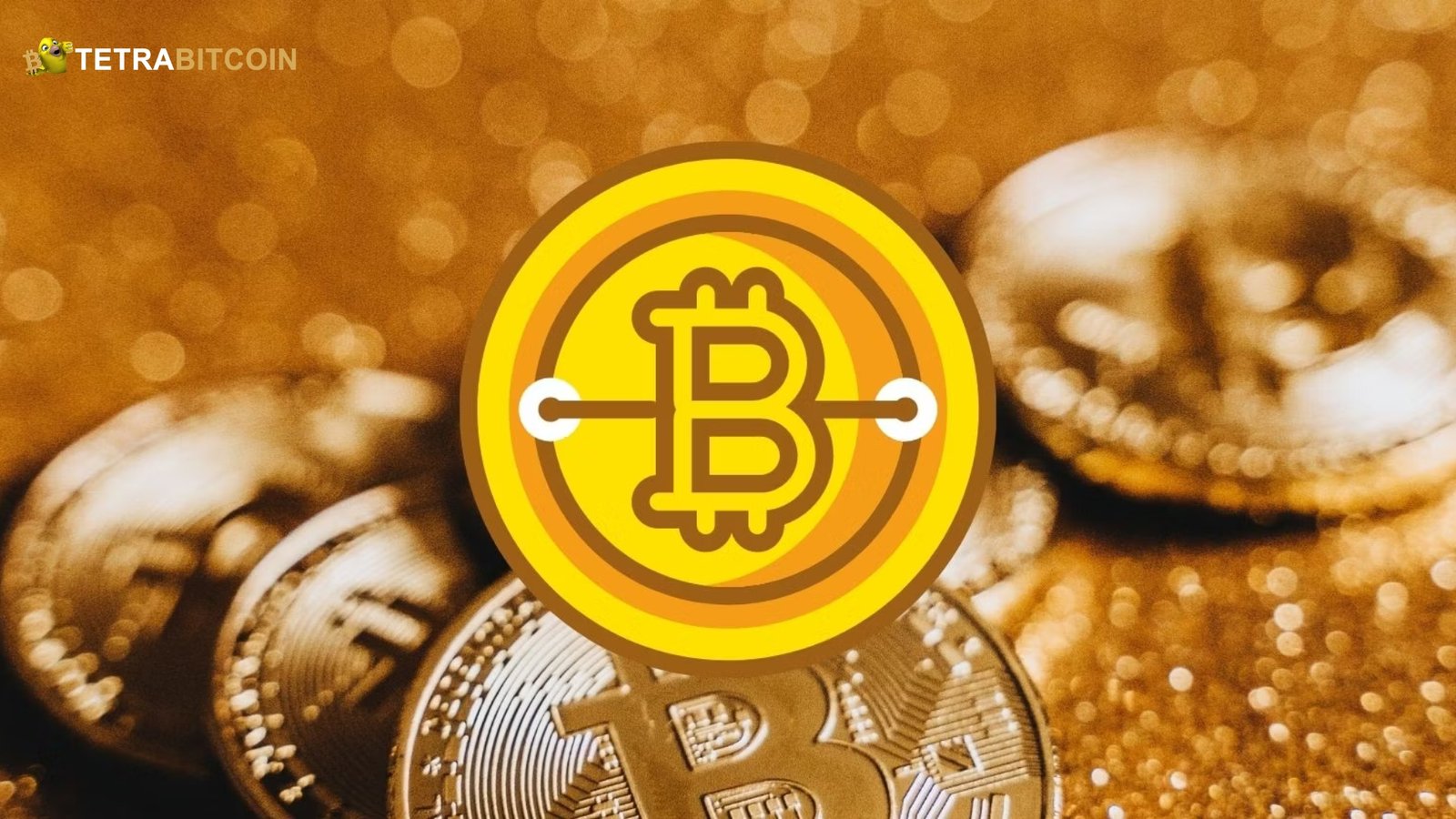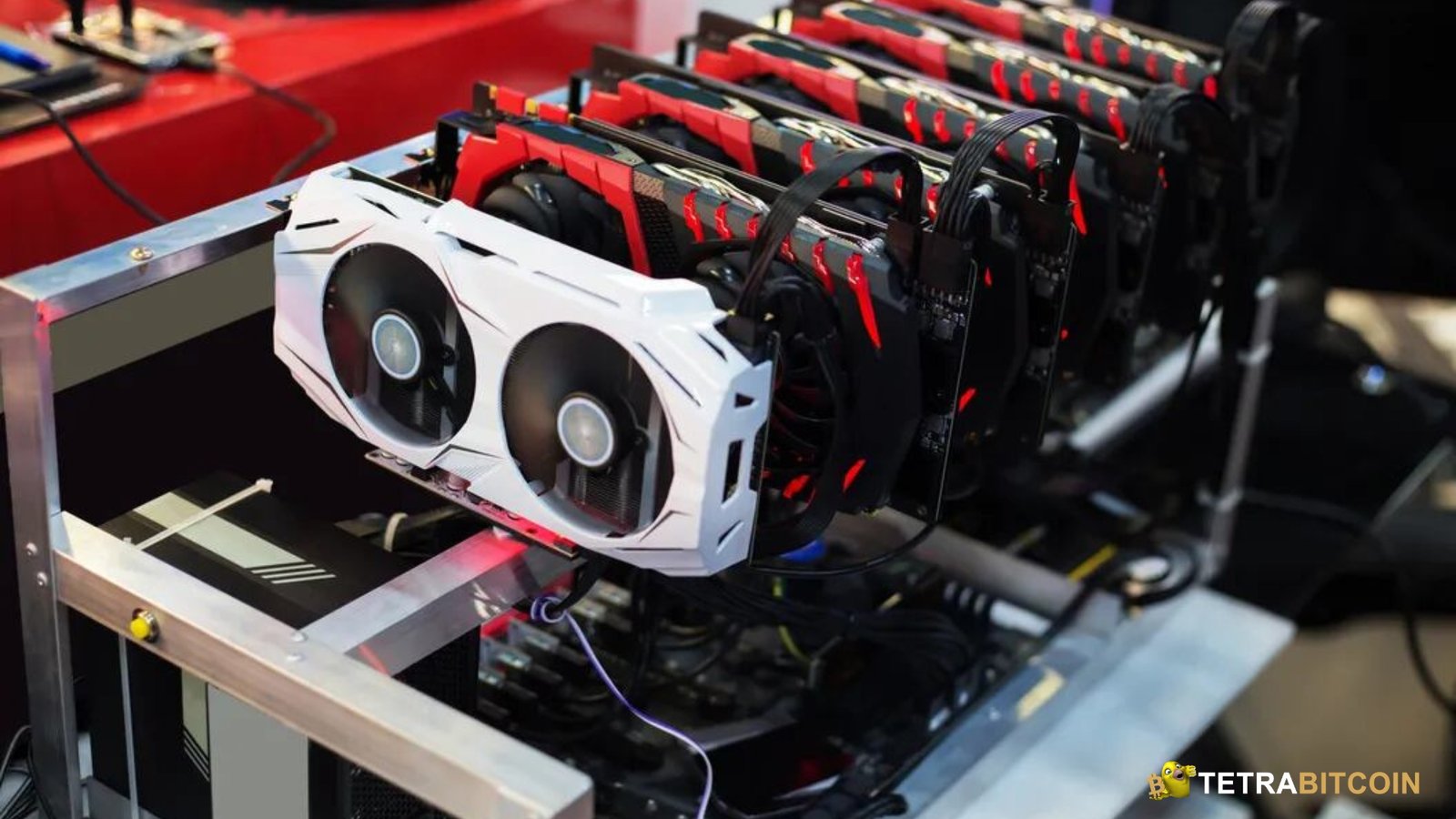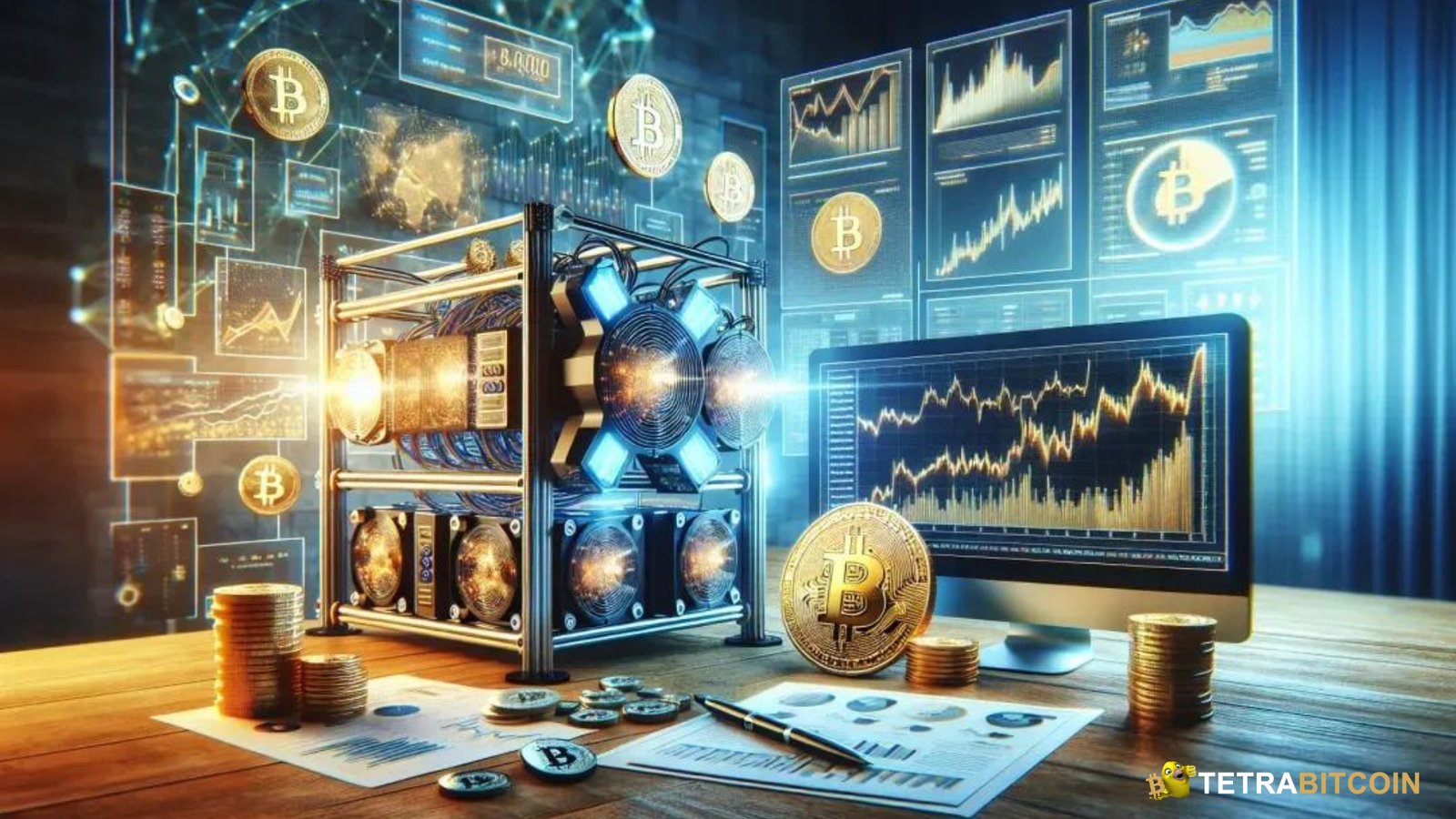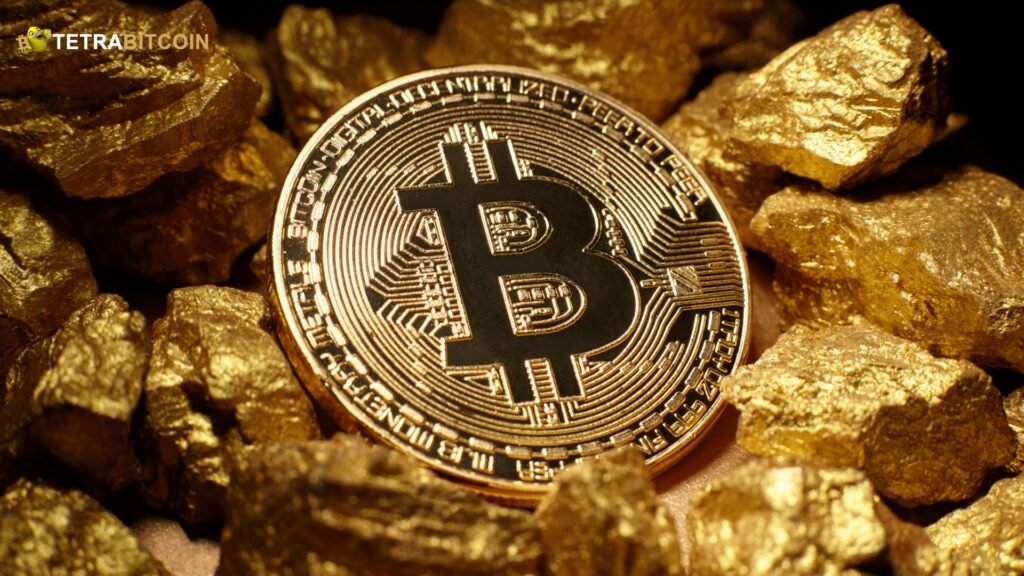Bitcoin Gold Mining: As a hard fork of Bitcoin (BTC) that appeared in 2017, Bitcoin Gold (BTG) aimed to “make Bitcoin decentralized again.” The original Bitcoin was praised for its decentralized nature, but Bitcoin Gold sought to further decentralize mining by making it available to regular people instead of the powerful, specialized hardware needed to mine Bitcoin. To make cryptocurrency mining accessible to a wider audience and break the stranglehold of mining farms and hardware behemoths, this split was engineered. Here we’ll take a look at the ins and outs of Bitcoin Gold mining, including the process, the benefits, the necessary gear, and the state of the industry in 2024.
What Is Bitcoin Gold?
Bitcoin Gold is a cryptocurrency that maintains Bitcoin’s core structure but with a few key differences. It was created to restore the decentralization of the Bitcoin network, which had become increasingly controlled by large-scale mining operations using specialized hardware (ASICs). Bitcoin Gold employs a different mining algorithm called Equihash, which is ASIC-resistant. This allows miners to use general-purpose hardware like GPUs (Graphics Processing Units) instead of ASICs, making mining more accessible to individual miners with consumer-grade equipment.
The Need for Bitcoin Gold
Bitcoin’s mining ecosystem had been criticized for becoming too centralized. ASIC (Application-Specific Integrated Circuit) miners, which are specialized hardware built specifically for mining cryptocurrencies, dominate the Bitcoin mining scene. These machines are not only expensive but also consume a significant amount of electricity, meaning that only well-funded mining farms can profitably mine Bitcoin.
By using the Equihash algorithm, Bitcoin Gold ensures that mining can be done with more accessible hardware, like GPUs. This lowers the barrier to entry and helps decentralize the mining process. As of 2024, Bitcoin Gold continues to attract miners who prefer an ASIC-free mining experience.
How Bitcoin Gold Mining Works
Proof of Work (PoW)
Like Bitcoin, Bitcoin Gold operates on a Proof of Work (PoW) consensus mechanism. This means miners must solve complex mathematical puzzles to validate transactions and secure the network. In return, miners are rewarded with newly minted Bitcoin Gold tokens. However, the Equihash algorithm ensures that these puzzles are more suited to GPU processing, preventing ASIC miners from gaining a competitive edge.
Mining Difficulty and Rewards
Mining difficulty in the Bitcoin Gold network adjusts automatically based on the overall computational power of the network. When more miners participate, the difficulty increases, and when fewer miners are involved, it decreases. This ensures a relatively steady rate of block creation and reward distribution.
As of 2024, the block reward for mining Bitcoin Gold is approximately 6.25 BTG, following its halving event in 2020. The next halving is expected to take place in 2025, reducing the block reward further and potentially affecting mining profitability.
Advantages of Mining Bitcoin Gold
- Decentralization: By enabling GPU mining, Bitcoin Gold stays true to its goal of decentralization. Individuals and small-scale miners can compete on a more level playing field without the need for expensive ASIC miners.
- Lower Entry Costs: GPU mining rigs are generally more affordable than ASICs, making it easier for more people to enter the mining space. This makes Bitcoin Gold mining attractive for hobbyists or individuals with limited capital.
- Energy Efficiency: GPUs are generally more energy-efficient than ASICs, leading to lower electricity consumption and operating costs. This makes it easier to mine Bitcoin Gold profitably, especially in regions with high electricity prices.
- Resilience to Centralization: By maintaining an ASIC-resistant mining algorithm, Bitcoin Gold avoids the centralization issues that plague Bitcoin mining. Even in 2024, the distribution of mining power remains more balanced compared to Bitcoin, which is dominated by a few large mining pools.
Equipment Needed for Bitcoin Gold Mining
GPU (Graphics Processing Unit)
The core hardware required for Bitcoin Gold mining is a powerful GPU. Nvidia and AMD are the two leading manufacturers of GPUs, and both have models suitable for mining. When choosing a GPU, you should consider factors like hashrate, power consumption, and price.
- Nvidia GPUs: Models like the Nvidia RTX 3090 or 3080 are currently popular choices among miners due to their high performance and efficiency.
- AMD GPUs: AMD RX 6800 XT and RX 6900 XT are also good options, providing excellent hashrates and power efficiency.
Mining Software
Once you have the necessary hardware, you’ll need mining software to connect to the Bitcoin Gold network. Popular mining software includes:
- EWBF Miner
- Gminer
- lolMiner
These programs allow your GPU to mine Bitcoin Gold by connecting to a mining pool or solo mining.
Mining Pool
Joining a mining pool is recommended for most miners. Pools combine the computational power of all participants, increasing the chances of solving a block and earning rewards. While solo mining is an option, it requires significant computational power and is less predictable in terms of earnings. Popular Bitcoin Gold mining pools include:
- 2Miners
- MiningPoolHub
- Suprnova
Wallet
Before starting mining, you’ll need a Bitcoin Gold wallet to store your mined coins. There are several options, including:
- Exodus
- Trezor (Hardware Wallet)
- Ledger Nano S (Hardware Wallet)
These wallets offer secure storage for your mined Bitcoin Gold and allow you to transfer or trade your coins as needed.
Mining Profitability in 2024
Mining profitability depends on several factors, including the price of Bitcoin Gold, electricity costs, and hardware efficiency. As of 2024, Bitcoin Gold’s price has been relatively stable, though it has not seen the same explosive growth as Bitcoin or Ethereum. However, the lower competition in Bitcoin Gold mining makes it easier for individual miners to earn rewards.
Electricity costs remain a crucial factor. Miners in regions with low energy prices are more likely to turn a profit, while those in areas with higher electricity rates may struggle. It’s essential to calculate the costs of electricity, hardware, and maintenance when determining whether mining Bitcoin Gold is profitable for you.
The Future of Bitcoin Gold Mining
Bitcoin Gold has managed to stay relevant in the cryptocurrency space by sticking to its core principle of decentralization. While it hasn’t achieved the same level of popularity as Bitcoin or Ethereum, its ASIC-resistant nature ensures that mining remains accessible to a wider audience.
Looking forward, Bitcoin Gold may continue to evolve as the cryptocurrency ecosystem changes. The next halving event in 2025 could potentially impact mining rewards and profitability. Additionally, the ongoing development of more efficient GPUs and mining software will likely shape the future of Bitcoin Gold mining.
Conclusion
Bitcoin Gold mining in 2024 remains a viable option for those looking to enter the cryptocurrency mining space without the need for expensive ASIC hardware. Its focus on decentralization, lower entry costs, and energy efficiency make it an attractive choice for individual miners.
While mining profitability will always depend on external factors like cryptocurrency prices and electricity costs, Bitcoin Gold’s commitment to an ASIC-resistant algorithm ensures that it will continue to offer opportunities for miners who prefer a decentralized and more accessible mining ecosystem. As the cryptocurrency world moves forward, Bitcoin Gold mining is likely to remain a key player for those seeking alternatives to Bitcoin’s increasingly centralized mining environment.

